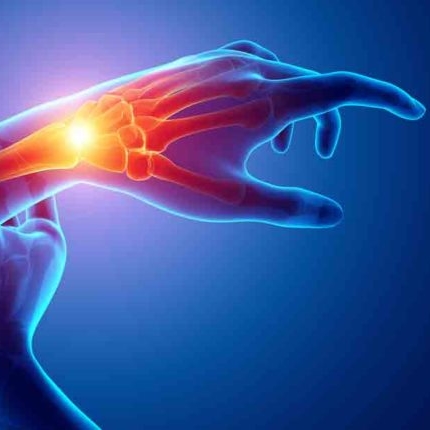
The wrist bones form a concave arch that is converted into a tunnel by the transverse carpal ligament. Here where long flexor tendons must pull at an angle, as in the wrist, distal palm, and digits, they are surrounded in a double-layered synovial sac or tendon sheath. This delicate membrane facilitates the smooth gliding of the tendon.
To prevent the flexor tendon from tangling in the distal pal and fingers, these tendons and their synovial sheaths are encased in ligamentous tunnels. In these narrow passages, fibrous adhesions of the tendon, sheath and tunnel wall may immobilize the tendon and severely limit its function. Through this tunnel pass thetendons of the flexor digitorum sublimis, the profundus muscle and the meridian nerve.
Whatever causes the median nerve to compress, produces the carpal tunnel syndrome.
